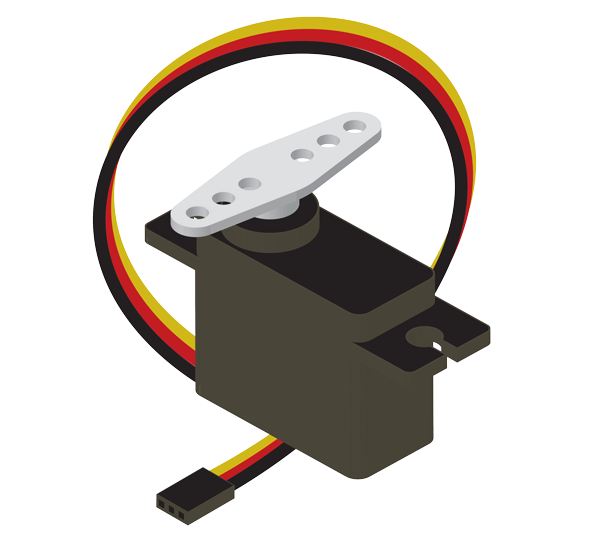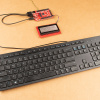I have always been a fan of physical computing. Write some code, upload it to your board, and you can make things move. I particularly enjoy controlled precision movements, and one of the best ways to achieve that is with a servo motor. (I know, technically it’s a servomechanism, so let’s just call it a servo). We’ve been revisiting servos here at Sparkfun, with things like our Basic Servo Control for Beginners Guide and our Servos Explained page. Servos have been used for steering RC cars and planes, controlling small mechanical arms, and are great for creating animatronic eyes and faces, like these examples by Gary Eillett and Will Cogley.
If you're new to servos, this video will give you a (very) brief overview, and offer a couple of project ideas. From there, think as broadly as you can, and see what projects you can come up with. Perhaps a bipedal robot? How many degrees of freedom can you give it? Perhaps you want an olde-timey looking elevator dial to give you temperature readings. Whatever precision motion your project needs, a good servo will lift your project from good to great!
Start learning all about servos!
A servo is any motor-driven system with a feedback element built in. Servos are found everywhere from heavy machinery, to power steering in vehicles, to robotics and a wide variety of electronics.Check out our Servos Explained page! Learn how servos work, how to control and power them, learn their different types, and more.









